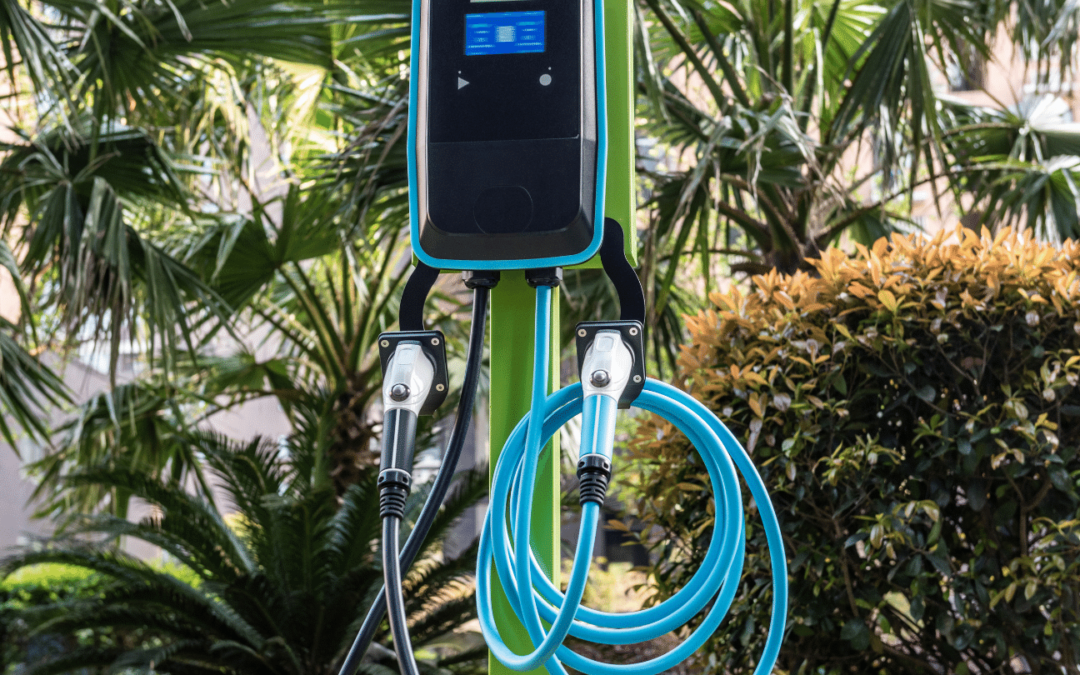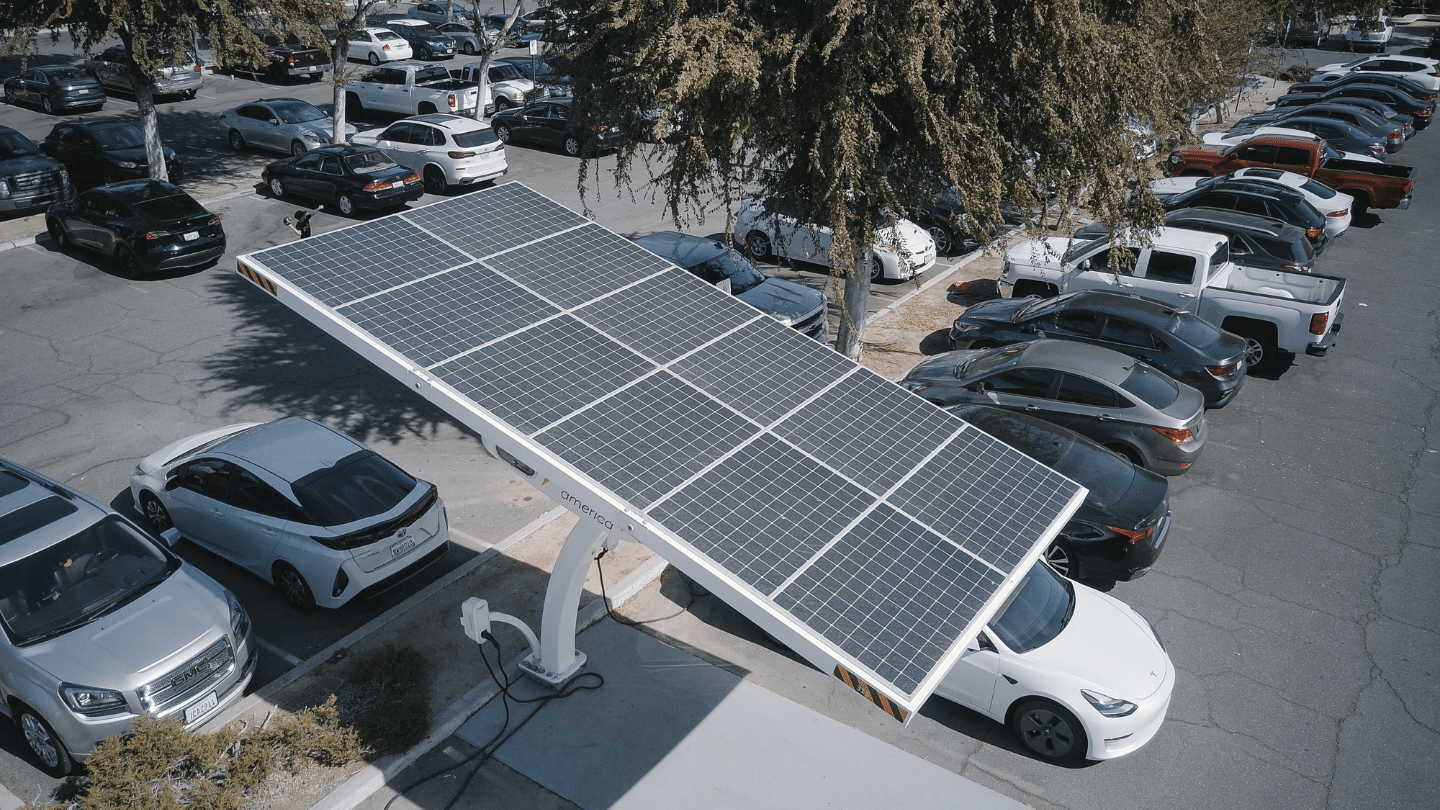In a world increasingly concerned with environmental sustainability and the quest for cleaner, greener modes of transportation, the idea of solar-powered cars has long captured our collective imagination. These vehicles envisioned as beacons of eco-friendliness and energy independence, offer a tantalizing glimpse into a more sustainable future. As we journey down the road of innovation, one question persists in the minds of many: “Why don’t we have solar-powered cars?”
Let’s fasten our seatbelts and journey to unravel the mysteries behind solar-powered cars.
Can Cars Be Solar-Powered?
The short answer? No, a car can’t run on just solar energy. Not yet.
We need to clear some significant hurdles before solar-powered cars become a practical choice for everyday drivers.
Let’s take a closer look at the current state of solar-powered cars in Orange County.
The Efficiency Challenge
One of the critical challenges in developing solar-powered cars is the efficiency of the solar panels. Currently, solar panels on cars don’t have the efficiency to power the entire vehicle.
Even under perfect conditions, a car-sized solar panel could theoretically receive 12 kW of power from the sun. But it would only convert about 33.7% of that captured solar energy into usable electricity.
Technological Limits
Solar-powered cars face inherent technological limits. This includes the need for windows and other non-solar surfaces on a vehicle, reducing the total amount of energy solar panels can receive and convert.
A Glimpse of Solar Assistance
While fully solar-powered cars are not yet available in the United States, some companies are trailblazing the integration of solar panels into electric vehicles.
In theory, these integrated solar panels can provide an extra 15-45 miles of range on a sunny day, giving us a peek into the potential of solar-assisted transportation.
A Brighter Future
The feasibility of solar-powered cars may improve in the future thanks to exciting technologies like solar glass that are continually evolving.
These innovations promise to enhance the efficiency of solar panels and their integration into vehicles.
Can You Charge EVs With Solar Panels?
Yes, you can charge your EV with solar power from your solar system.
Here are the ways you do it.
Rooftop Solar
Commercial rooftop solar systems in Orange County offer a remarkable way to power your business and your EV. These systems can be optimized to charge your vehicle when generating more electricity than you’re using.
This smart integration enhances your solar savings and contributes to cleaner and more sustainable transportation.
Community Solar
Community solar initiatives have transformed the way we think about energy-sharing. Subscribers to community solar programs can use their share of a larger, shared solar array to power their EVs.
This communal approach promotes sustainability and empowers individuals to embrace solar energy for their transportation needs.
EV Charging Stations: A Practical Alternative
For most of us, solar-powered cars may not be a practical choice just yet.
However, there’s a very viable alternative – powering electric cars with electricity from EV chargers in Orange County. This approach allows you to reduce your environmental impact while enjoying sustainable transportation. And it’s a method that’s already here and well-established.
Shifting Gears: EV Charging Solutions in Orange County
In exploring sustainable transportation alternatives, electric vehicles (EVs) and the convenience of EV charging emerge as compelling solutions. Here’s why EV charging can be a more practical choice compared to solar-powered cars:
A Variety of Clean Energy Sources
You can also charge EVs with electricity from the grid, sourced from various options, including renewable energy sources like wind and solar. This flexibility means that EVs can run on clean energy, even if you don’t have direct access to solar panels.
Extended Range for Practical Use
Compared to most solar-powered cars, EVs offer a substantially longer range. Solar-powered cars typically have a limited distance to travel solely on solar power. This distinction makes EVs a more practical choice for everyday use and especially suitable for longer journeys, serving as your primary mode of transportation.
Widespread Accessibility
While solar-powered cars are not yet available for purchase in the United States, Electric Vehicles are already widely accessible. They’re readily available, making EVs a practical option for most drivers eager to embrace eco-friendly transportation.
Why Don’t We Have Solar-Powered Cars? Final Thoughts
The question, “why don’t we have solar-powered cars?” has led us to understand the complexities and possibilities of solar-assisted mobility. While solar-powered cars may eventually be on the horizon, they’re not yet an everyday reality for drivers.
Are you a business owner in bustling locales like Anaheim, Irvine, or Santa Ana? Consider the positive impact of installing commercial EV charging stations at your establishment.
These additions attract environmentally conscious patrons and showcase your commitment to sustainability. You can contribute to a greener Orange County by partnering with REPOWER Orange. We help businesses all over Orange County install free EV charging stations to bolster a greener environment and help you save money every month.
The future of transportation is undeniably green, with EVs already transforming our streets. Whether through innovative solar integrations or eco-conscious EV charging, we’re collectively paving the way to a more sustainable, eco-friendly, and vibrant future.
Let’s continue this journey together, embracing a future where sustainable transportation is not a dream but a living reality. Your contribution, right here in Orange County, can be the spark that illuminates the path to a greener tomorrow. Contact us today to start the process of installing these viable and sustainable EV chargers near you.


Recent Comments